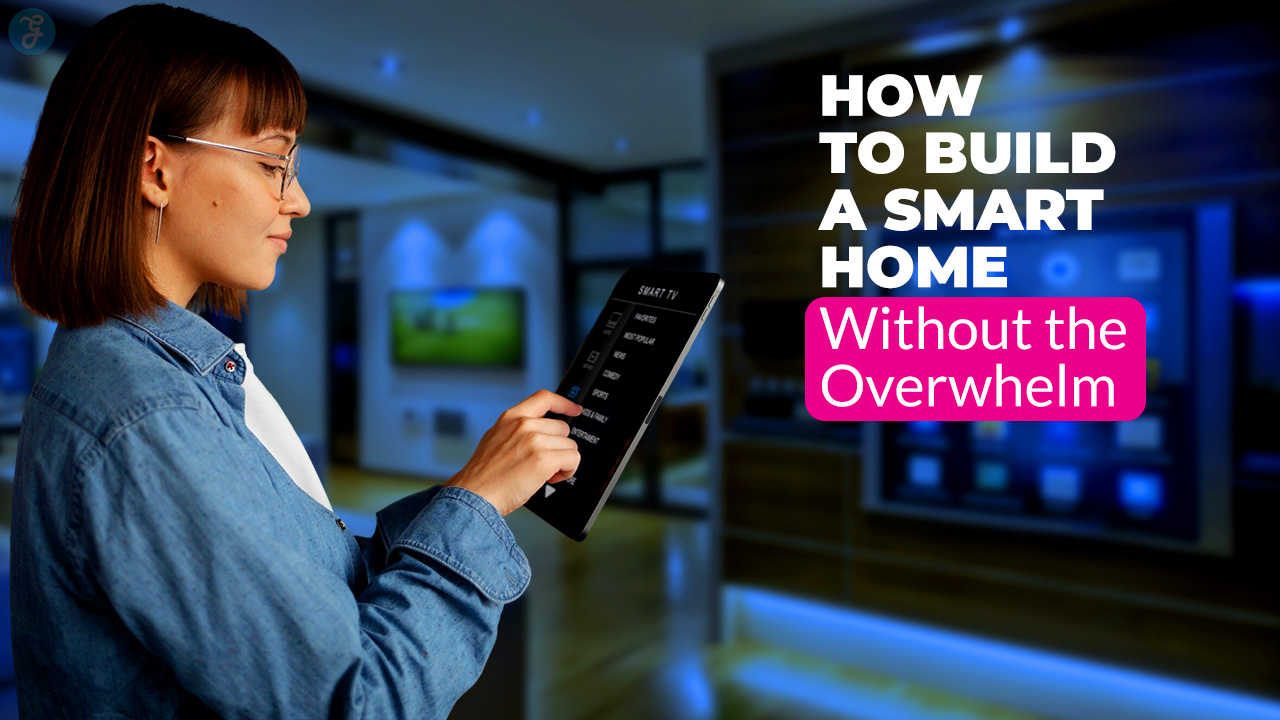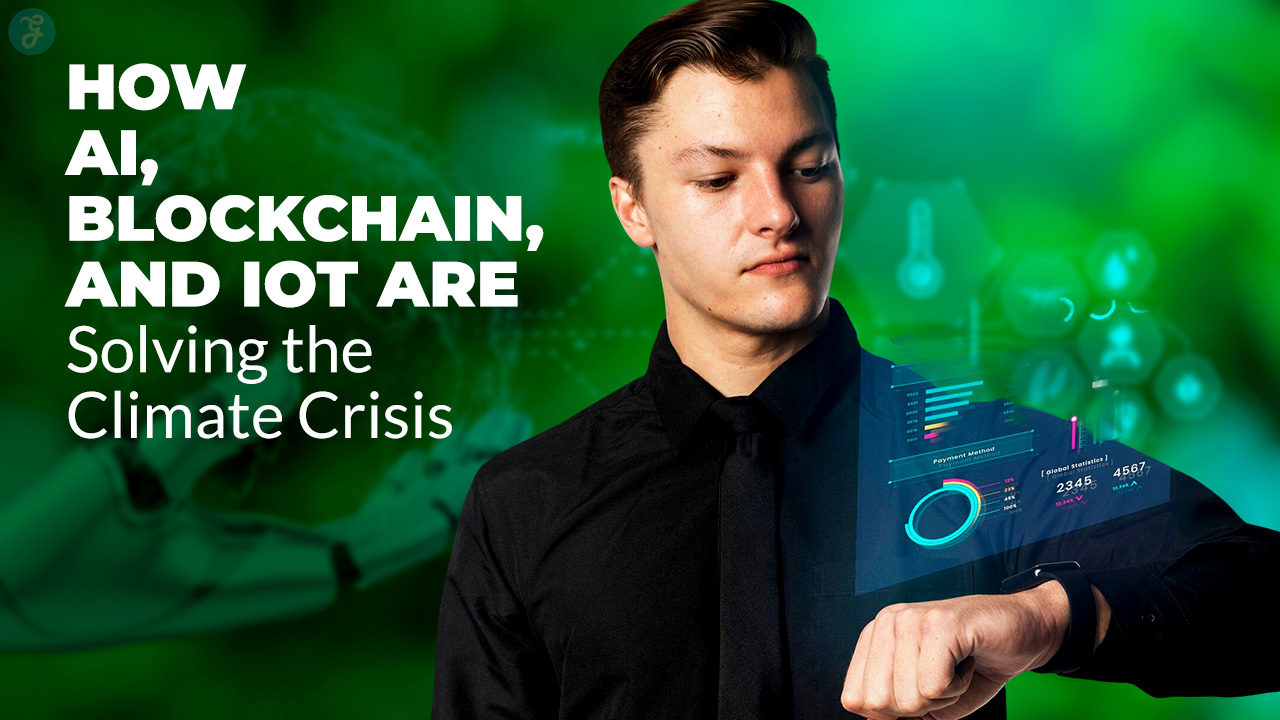Jony Ive, the visionary former Chief Design Officer of Apple, has officially confirmed his involvement in an ambitious artificial intelligence (AI) hardware project, joining forces with Sam Altman, the CEO of OpenAI. This confirmation was made public through an in-depth profile of Ive in The New York Times, putting an end to months of speculation that the two influential tech figures were collaborating on a new project. Rumors of this partnership had been swirling for nearly a year, especially given the high regard both Ive and Altman hold in their respective fields—design and AI.
A Groundbreaking Collaboration Fueled by Major Backing
The AI hardware initiative is being financially supported by Ive himself and the Emerson Collective, an organization founded by Laurene Powell Jobs, a well-known philanthropist and widow of Apple co-founder Steve Jobs. The Emerson Collective has previously funded a variety of innovative projects, and its backing here signals significant confidence in the potential of the AI hardware venture. According to The New York Times, the project is expected to secure up to $1 billion in funding by the close of the year, further highlighting the magnitude of this endeavor. This kind of financial commitment shows the deep interest from investors who believe the partnership between Ive and Altman can revolutionize AI-powered hardware.
Such a substantial level of funding, especially in the early stages of the project, reflects investor optimism regarding the potential impact of this new technology. With AI advancing rapidly, especially in the generative AI space, having the combined expertise of Ive’s world-renowned design sensibility and Altman’s leadership in AI development has created a buzz in both the tech and investment communities.
A Small, Expert Team Laying the Foundation
Although the project is still in its infancy, with just ten employees currently on board, it already boasts a team of highly skilled and experienced professionals. Notably, the project includes former Apple designers Tang Tan and Evans Hankey, both of whom worked closely with Ive during his tenure at Apple. Their involvement further underscores the high level of design expertise being brought into the project. Tang and Hankey are no strangers to groundbreaking hardware projects, having played pivotal roles in the design of iconic Apple products like the iPhone and the Apple Watch.
Ive’s design firm, LoveFrom, is leading the charge in terms of the design and overall aesthetic vision for the device. Since leaving Apple in 2019, Ive has focused on projects through LoveFrom, working on a range of design ventures that extend beyond just technology. However, this AI hardware project marks Ive’s first major re-entry into the tech world on a large scale since his departure from Apple. The involvement of Tang and Hankey suggests that the team is assembling a roster of top-tier talent, bringing together individuals who not only understand great design but who also have experience working on some of the most successful products in tech history.
The Vision: AI as the Future of Hardware
What makes this collaboration especially exciting is the exploration of AI’s potential to redefine hardware. According to reports, the discussions between Ive and Altman centered around how generative AI could open up new possibilities for creating computing devices that surpass the limitations of today’s technology. The duo sees generative AI—AI systems that can create new content and responses in real-time—as a transformative force in user-device interaction.
Generative AI has already demonstrated its potential in creating human-like text, images, and even music, but its integration into hardware remains a relatively unexplored frontier. The key insight driving this project is that AI’s ability to understand complex user inputs and generate responses in real-time could lead to a radically different type of user experience. For instance, rather than relying on pre-programmed software or rigid interfaces, AI-powered hardware could offer a more flexible, intuitive way for users to interact with devices.
This could mean a shift away from traditional input methods like keyboards or touchscreens toward something far more dynamic. It also opens the door to entirely new types of devices that we may not yet be able to fully envision, as generative AI could allow for more personalized, seamless, and intelligent interactions between humans and machines.
While specific details about the hardware being developed remain under wraps, the involvement of both Ive and Altman indicates that the project is aiming for innovation on a grand scale. This project is not just about incremental improvements to existing products; rather, it’s about rethinking what hardware can do when combined with cutting-edge AI technology.
Securing a Prime Location: A Strategic Move in San Francisco
One of the more tangible signs of the project’s ambition is the acquisition of a substantial office space in the heart of San Francisco. The team has established operations in a 32,000-square-foot office building, part of a real estate acquisition by Ive that spans an entire city block. The $90 million investment into the San Francisco property is a clear indicator that the project is gearing up for long-term development and expansion.
San Francisco is well-known as a hub for tech innovation, and establishing a base there places the team in close proximity to some of the world’s top talent in both AI and design. Additionally, the location positions the project to easily collaborate with other tech giants and AI-focused companies based in the area. The decision to invest in such a large and strategically located property suggests that Ive and Altman are planning for significant growth in both the scale of the project and the number of employees working on it.
Jony Ive’s Major Return to Tech: A New Era of Innovation
For Jony Ive, this AI hardware project marks his most significant foray back into the technology world since leaving Apple in 2019. Ive had spent nearly three decades at Apple, where he was responsible for the design of some of the company’s most iconic products, including the iPhone, iPad, and MacBook. His design philosophy, characterized by simplicity and elegance, helped establish Apple as a leader in consumer electronics design. After leaving Apple, Ive remained connected to the company for several years through a consultancy agreement between Apple and his design firm, LoveFrom. However, that partnership officially ended in 2022.
With this new project, Ive is once again stepping into the spotlight as a leading figure in the world of technology design. This time, however, the focus is not on smartphones, tablets, or laptops, but on an entirely new category of AI-powered hardware. Given Ive’s history of innovation and his ability to create products that are both functional and beautiful, the tech world is eagerly awaiting what he will come up with next.
Sam Altman, on the other hand, brings to the table his vast expertise in artificial intelligence. As the CEO of OpenAI, Altman has been at the forefront of AI development, overseeing projects like GPT-4, the generative AI model that powers advanced natural language processing applications. Altman’s vision for AI aligns well with Ive’s focus on design, as both are interested in creating technologies that enhance human experiences in new and meaningful ways.
What’s Next for the AI Hardware Project?
Although much remains unknown about the specifics of the AI hardware being developed, the collaboration between Jony Ive and Sam Altman is poised to become one of the most exciting ventures in the tech world. Both men have a track record of leading transformative projects, and the combination of Ive’s design genius with Altman’s AI expertise suggests that whatever product they create could have a major impact on the future of technology.
The project is still in its early stages, but with significant funding, a talented team, and a visionary approach, the venture has already attracted widespread attention. As development progresses, more details about the product and its capabilities will likely emerge, offering a glimpse into what the future of AI-powered hardware could look like.
For now, the tech world watches with anticipation as two of its brightest minds come together to push the boundaries of what’s possible, laying the groundwork for a new era of AI-integrated technology.







































